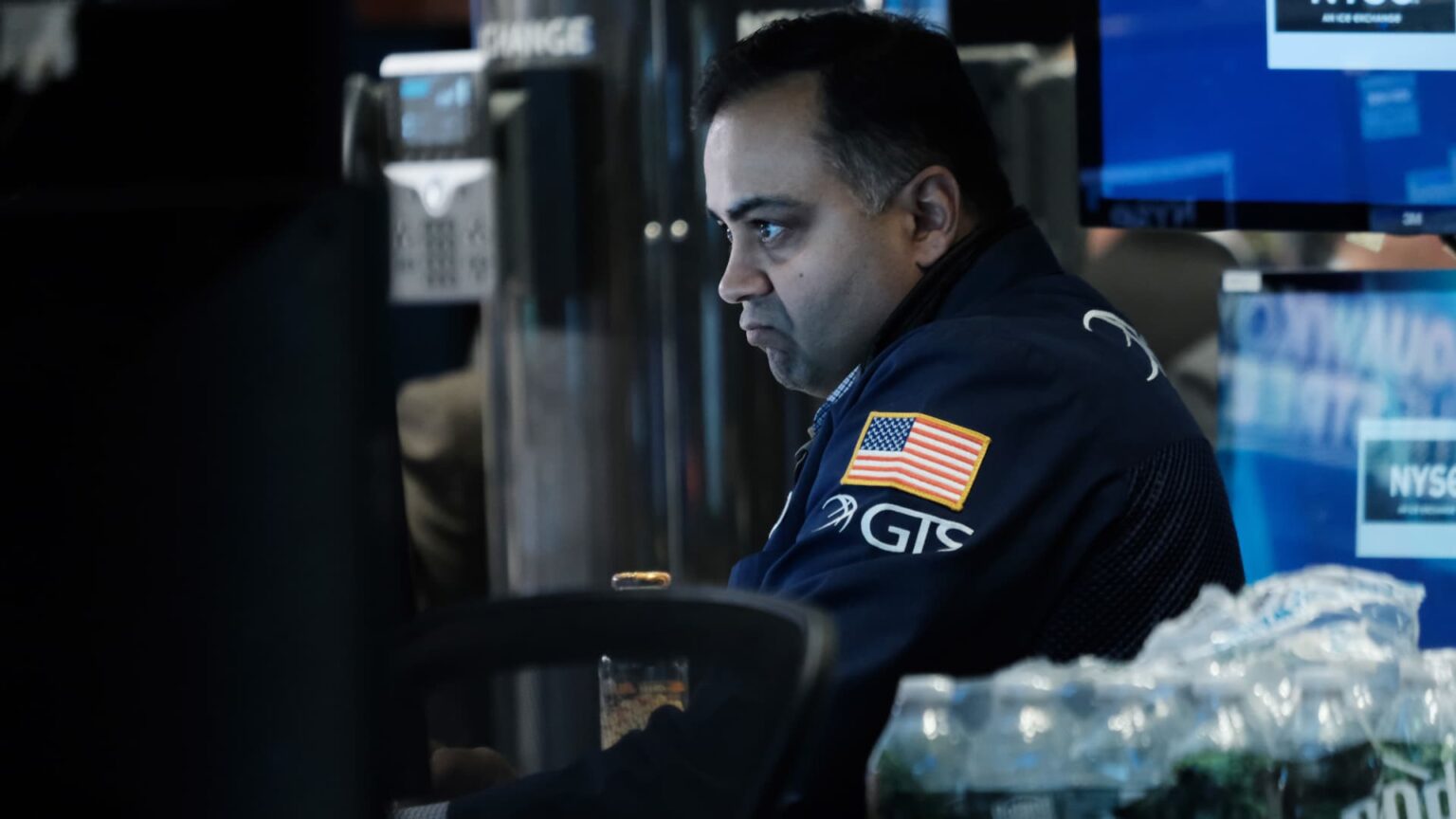Another morning, another uptrend in futures. Up five days in a row. Since the height of the financial crisis three weeks ago, the S & P 500 is up over 300 points, roughly 8%. There’s not only optimism that the Fed rate hike cycle is ending sometime in the next few months, but now there is optimism over the exceptionally strong first quarter and its historic implication for stocks for the rest of the year. Over the weekend, bulls were passing around all sorts of market history pieces about what happens when the S & P 500 is up both in January and the first quarter, and particularly when it ends up 7% or more for the quarter, a fairly rare occurrence (17 times in the last 73 years). Not surprisingly, the rest of the year is almost invariably a strong year. S & P 500 returns after a more than 7% Gain in the first quarter First Quarter Return Full Year Return 3/31/54 8.6% 45.0% 3/20/61 12.0% 23.1% 3/31/67 12.3% 20.1% 3/31/71 9.0% 10.8% 3.31.75 21.6% 31.5% 3/31/76 13.9% 19.1% 3/31/83 8.8% 17.3% 3/29/85 8.0% 26.3% 3/31/86 13.1% 14.6% 3/31/87 20.5% 2.0% 3/28/91 13.6% 26.3% 3/31/95 9.0% 34.1% 3/31/98 13.5% 26.7% 3/30/12 12.0% 13.4% 3/28/13 10.0% 29.6% 3/29/19 13.1% 28.9% 3/31/23 7.0% ? Average 23.1% Source: Carson Investment Research, Factset, BTIG Wow. When the S & P 500 advances 7% or more in the first quarter, it’s up an average 23% for the full year. Throw in that April is the strongest month of the year for the Dow and it’s little wonder the bulls are ebullient. Never mind that April is also the end of the fabled “best six months” strategy and the start of “sell in May…” That’s a story for a month from now. April: spring shoots Best month for Dow Industrials: average 1.9%. advance Up 16 straight from 2006 to 2021 End of “best six months” strategy Source: Stock Trader’s Almanac
Read the full article here










